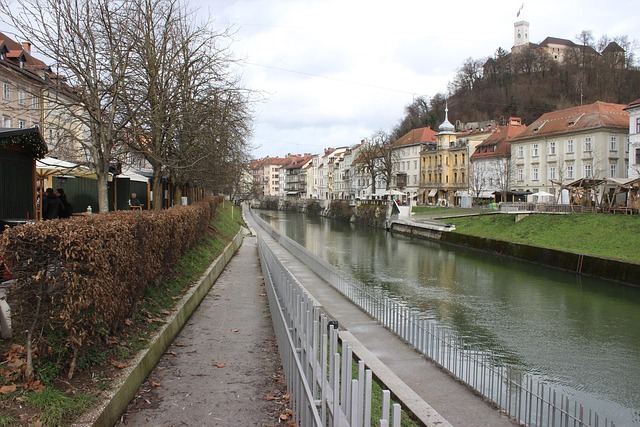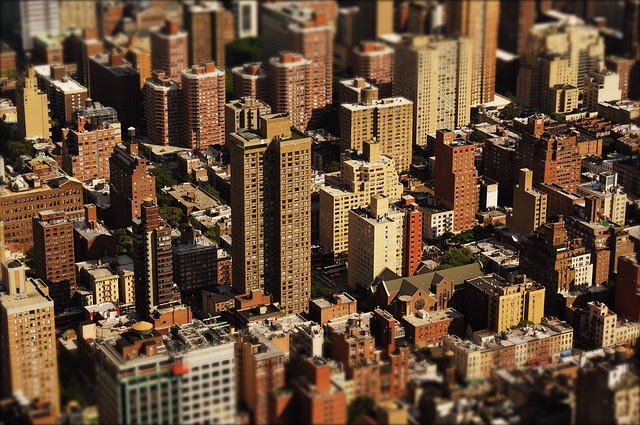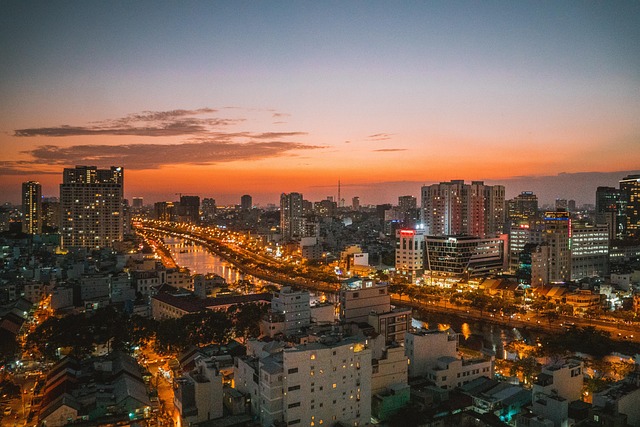Karachi, Pakistan's economic powerhouse, faces severe noise pollution from traffic, construction, markets, and industrial areas, exceeding safe decibel levels. Despite challenges like dense population and lax regulations, recognizing these issues is vital for implementing solutions. Stricter zoning, quieter working hours, green spaces, public awareness, and collaborative efforts can mitigate noise pollution, enhancing the city's livability for all inhabitants, particularly vulnerable groups.
Karachi, Pakistan’s bustling metropolis, faces a growing challenge: noise pollution. This comprehensive article delves into the noise levels within DHA City, Karachi, exploring its impact on residents’ health and daily life. We identify key areas affected, uncover primary sources of elevated noise, and present effective mitigation strategies to enhance the quality of life in this vibrant city. Understanding these factors is crucial for creating a quieter, more livable Karachi.
- Understanding Noise Pollution in Karachi: A Comprehensive Overview
- Key Areas of DHA City Karachi Affected by Noise Levels
- Causes of Elevated Noise in Urban Environments: The Karachi Perspective
- Impact of High Noise Levels on Health and Quality of Life in Karachi
- Mitigation Strategies for Addressing Noise Pollution in DHA City, Karachi
Understanding Noise Pollution in Karachi: A Comprehensive Overview

Karachi, as Pakistan’s economic powerhouse and one of the most vibrant cities in South Asia, is a bustling metropolis with countless activities and industries humming along day and night. However, this energy comes at a cost – noise pollution has become a significant concern for residents and visitors alike. Understanding noise levels in Karachi requires a comprehensive overview that accounts for various sources contributing to the urban cacophony.
From traffic jams on its labyrinthine roads, construction sites dotting the landscape, to bustling markets and industrial areas, every corner of Karachi echoes with sounds that often exceed safe decibel limits. The impact is far-reaching, affecting not just hearing health but also quality of life and productivity. In terms of noise management, Karachi faces challenges due to its dense population, rapid urbanization, and lack of stringent noise control regulations. However, recognizing these issues is the first step towards implementing solutions that can mitigate noise pollution, making Karachi a more livable and enjoyable city for all its folk.
Key Areas of DHA City Karachi Affected by Noise Levels

DHA City Karachi, one of Pakistan’s premier residential and commercial hubs, encompasses diverse areas with varying noise landscapes. Key regions within the city are significantly impacted by elevated noise levels, affecting both residents and businesses. The bustling streets, busy markets like the DHA Market, and vibrant commercial centers such as the Dubai Mall Karachi contribute to a cacophony that permeates throughout the day.
Additionally, proximity to major traffic junctions, industrial areas, and construction sites exacerbates the noise pollution. Even tranquil residential neighborhoods are not immune, experiencing disturbances from nearby roads and bustling markets. This phenomenon is particularly notable in areas like Phase 6 and 7, where high-density populations coexist with limited green spaces, amplifying the impact of noise on quality of life in Karachi.
Causes of Elevated Noise in Urban Environments: The Karachi Perspective

In urban environments like Karachi, noise pollution is a pressing issue stemming from various sources. The bustling metropolis, with its dense population and rapid urbanization, experiences elevated noise levels that can significantly impact the quality of life for residents. Traffic congestion, construction activities, industrial operations, and even social gatherings contribute to the cacophony. Karachi’s vibrant yet chaotic nature, characterized by heavy vehicle traffic and constant construction projects, exacerbates the problem.
Moreover, the city’s rapid expansion and lack of stringent noise control regulations have led to a proliferation of noisy establishments, including markets, factories, and entertainment venues. These sources combine to create a complex noise landscape that can be particularly disturbing in residential areas. Understanding these causes is crucial for implementing effective strategies to mitigate noise pollution in Karachi, ensuring a more peaceful and livable environment for its diverse population.
Impact of High Noise Levels on Health and Quality of Life in Karachi

In Karachi, the bustling metropolis of Pakistan, high noise levels have become an increasingly pressing concern for residents. The impact on health and quality of life cannot be overstated. Prolonged exposure to excessive noise can lead to a range of adverse effects, from hearing loss and tinnitus to increased stress levels, sleep disturbances, and even cardiovascular issues. Children and the elderly are particularly vulnerable, with noise disrupting their development and overall well-being. The constant din can also contribute to a sense of isolation and reduce social interactions, negatively impacting mental health.
Karachi’s urban landscape, characterized by heavy traffic, construction activities, and vibrant markets, exacerbates these issues. Noise pollution is not just an annoyance; it is a silent epidemic that can lead to chronic health problems. As the city continues to grow and develop, it is crucial for authorities and residents alike to address this challenge. Implementing noise control measures, such as stricter regulations on construction hours, traffic management, and green spaces, can significantly improve the quality of life in Karachi, ensuring a healthier and more peaceful environment for its diverse population.
Mitigation Strategies for Addressing Noise Pollution in DHA City, Karachi

In addressing noise pollution in DHA City, Karachi, several effective mitigation strategies can be employed. One key approach is to implement stricter zoning regulations, particularly in residential areas, limiting commercial and industrial activities that produce high noise levels. This includes enforcing quieter working hours and mandating the use of noise-reducing equipment. Additionally, promoting green spaces and planting more trees can significantly absorb sound, creating calmer environments.
Another strategy involves raising public awareness about noise pollution and its impact on health. Educational campaigns can encourage residents to be mindful of their noise levels and adopt quieter habits. Collaborative efforts between local authorities and community groups can also facilitate the installation of noise barriers, such as sound walls or barriers made from absorptive materials, in high-traffic areas. These measures, coupled with regular noise monitoring, will go a long way in improving the quality of life for DHA City’s residents, making Karachi a quieter and more livable city.
In conclusion, addressing noise pollution in DHA City, Karachi is a multifaceted challenge that demands immediate attention. By understanding the key areas affected, recognizing the causes of elevated noise levels, and acknowledging the profound impact on health and quality of life, we can implement effective mitigation strategies. It’s imperative to take proactive measures to create a quieter, more livable environment for the residents of Karachi, ensuring a better future for this vibrant city.

Leave a Reply